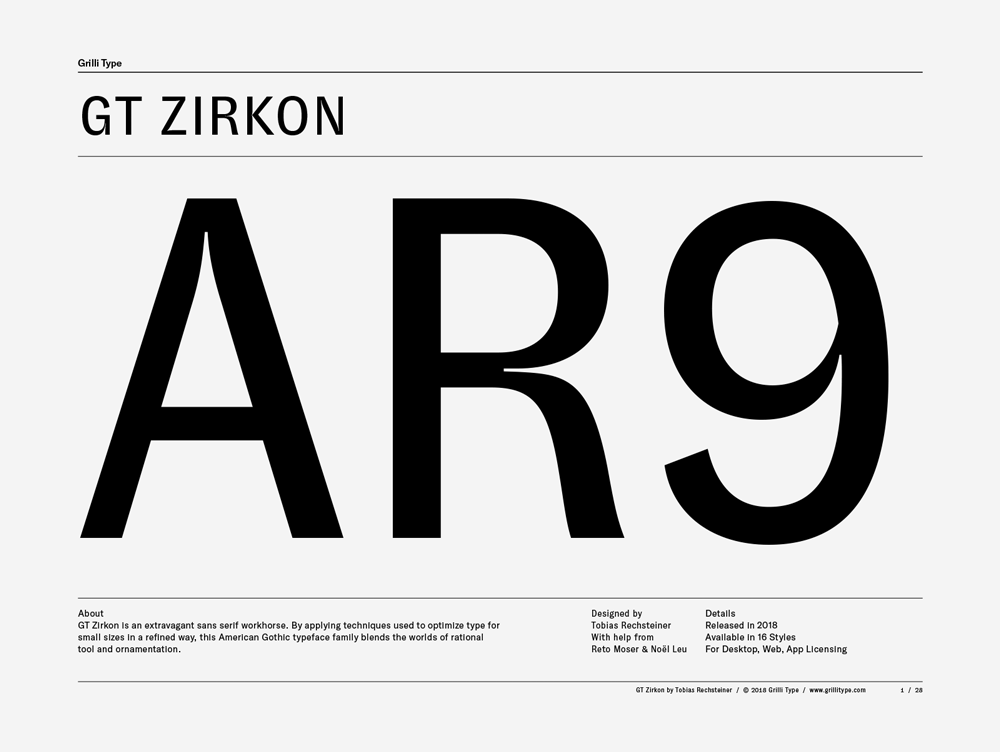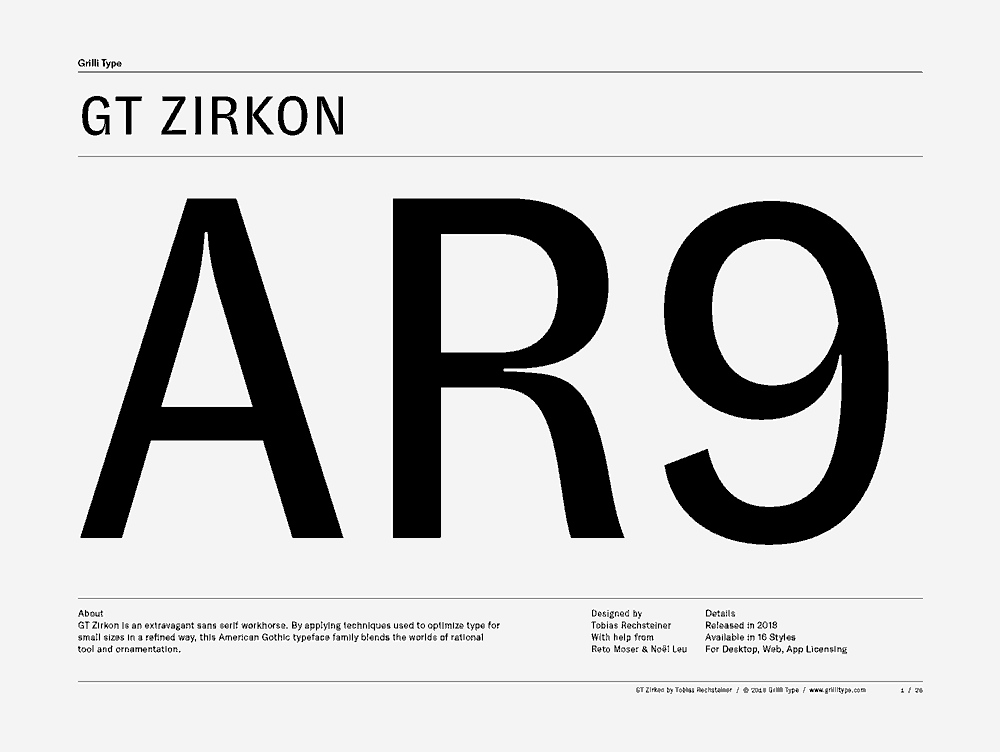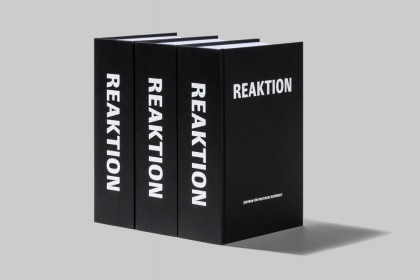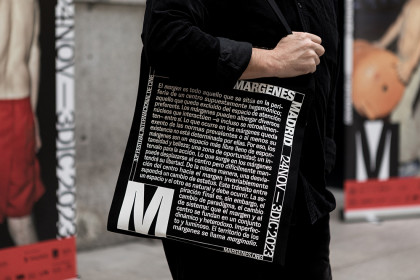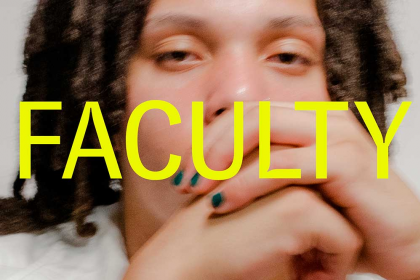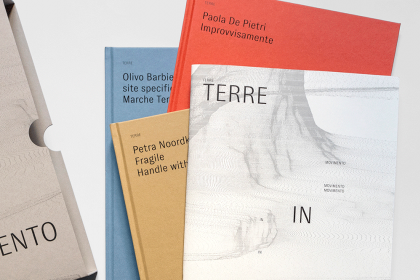GT Zirkon
Family overview
- Ultra Light Italic
- Thin Italic
- Light Italic
- Book Italic
- Regular Italic
- Medium Italic
- Bold Italic
- Black Italic
- Ultra LightThe name derives from the Persian zargun meaning gold-hued; this word is corrupted into “jargoon”, a term applied to light-colored zircons.
- Ultra Light ItalicMinerals are classified by key chemical constituents; the two dominant systems are the Dana classification and the Strunz classification.
- ThinRadioactive dating shows that the zircon crystals were formed more than 4 billion years ago.
- Thin ItalicMineral classification schemes and their definitions are evolving to match recent advances in mineral science.
- LightCommercially valuable minerals and rocks are referred to as industrial minerals.
- Light ItalicSome rocks, such as limestone or quartzite, are composed primarily of one mineral—calcite or aragonite in the case of limestone, and quartz in the latter case.
- BookMineral classification schemes and their definitions are evolving to match recent advances in mineral science.
- Book ItalicNew York University chemists have created three-dimensional DNA structures, a breakthrough bridging the molecular world to the world where we live.
- RegularSilicon and oxygen constitute approximately 75% of the Earth’s crust, which translates directly into the predominance of silicate minerals.
- Regular ItalicAs short and stubby crystals, as well as prismatic which are sometimes elongated.
- MediumScientists then studied the diamonds’ composition, looking specifically at their carbon isotopes.
- Medium ItalicCrystals are almost always terminated with a pyramidal termination, and may be doubly terminated, and occasionally entirely pyramidal resembling an octahedron.
- BoldSome rocks, such as limestone or quartzite, are composed primarily of one mineral—calcite or aragonite in the case of limestone, and quartz in the latter case.
- Bold ItalicAn interesting habit occasionally exhibited in Zircon from a few localities is that their color darkens and their luster dulls upon prolonged exposure to sunlight.
- BlackMineral classification schemes and their definitions are evolving to match recent advances in mineral science.
- Black ItalicThe English word “zircon” is derived from “Zirkon”, which is the German adaptation of this word.
- Settings
Typeface information
GT Zirkon is an extravagant sans serif workhorse. It blends the worlds of rational tool and ornamentation by applying techniques used to optimize type for small sizes in a refined way.
Typeface features
OpenType features enable smart typography. You can use these features in most Desktop applications, on the web, and in your mobile apps. Each typeface contains different features. Below are the most important features included in GT Zirkon’s fonts:
- SS01
- Alternate Arrows
Volume ↗
- SS02
- Alternate f
Refraction
- ONUM
- Oldstyle Figures
0123456789
- SMCP
- Small Caps
Ore Deposit
Typeface Minisite
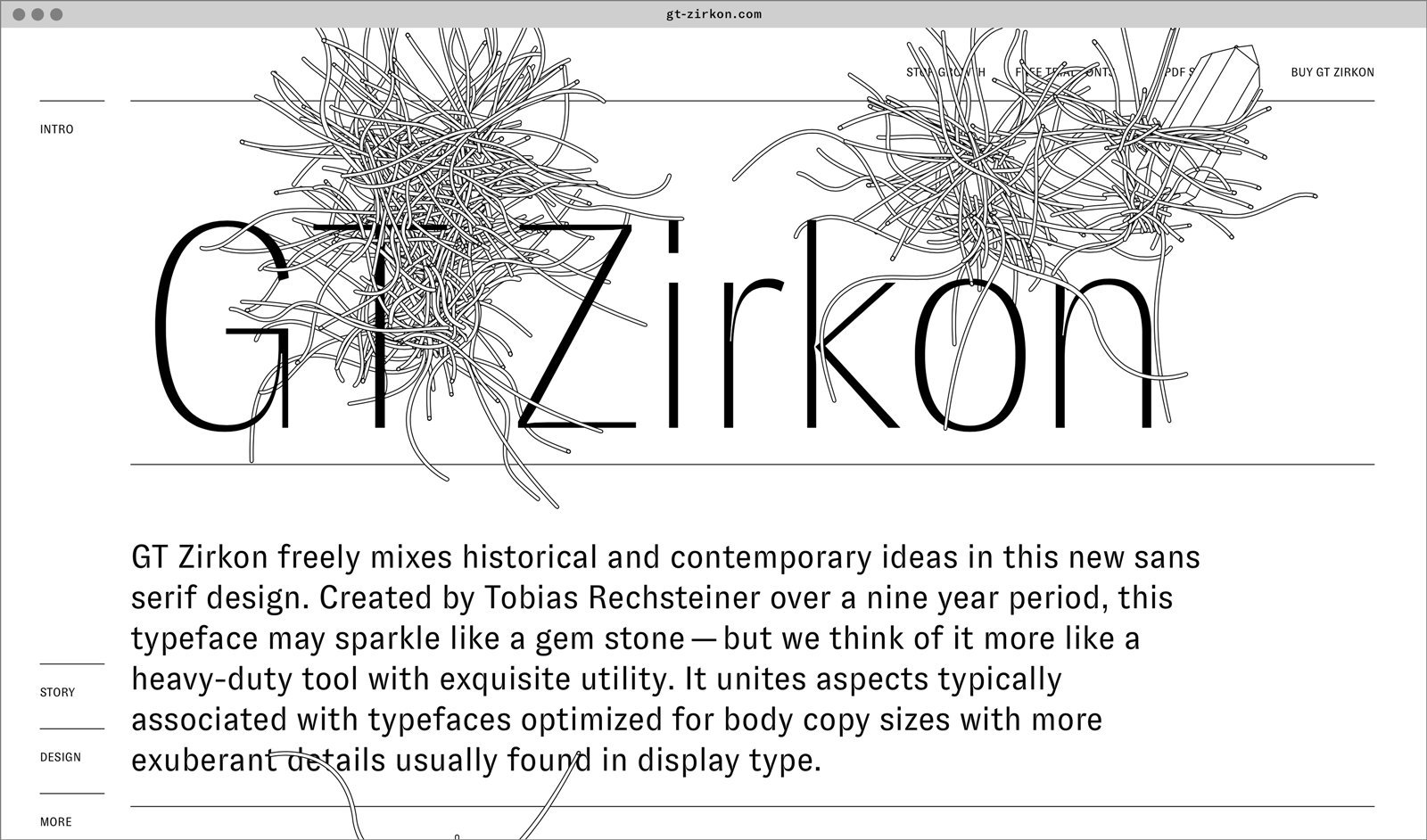
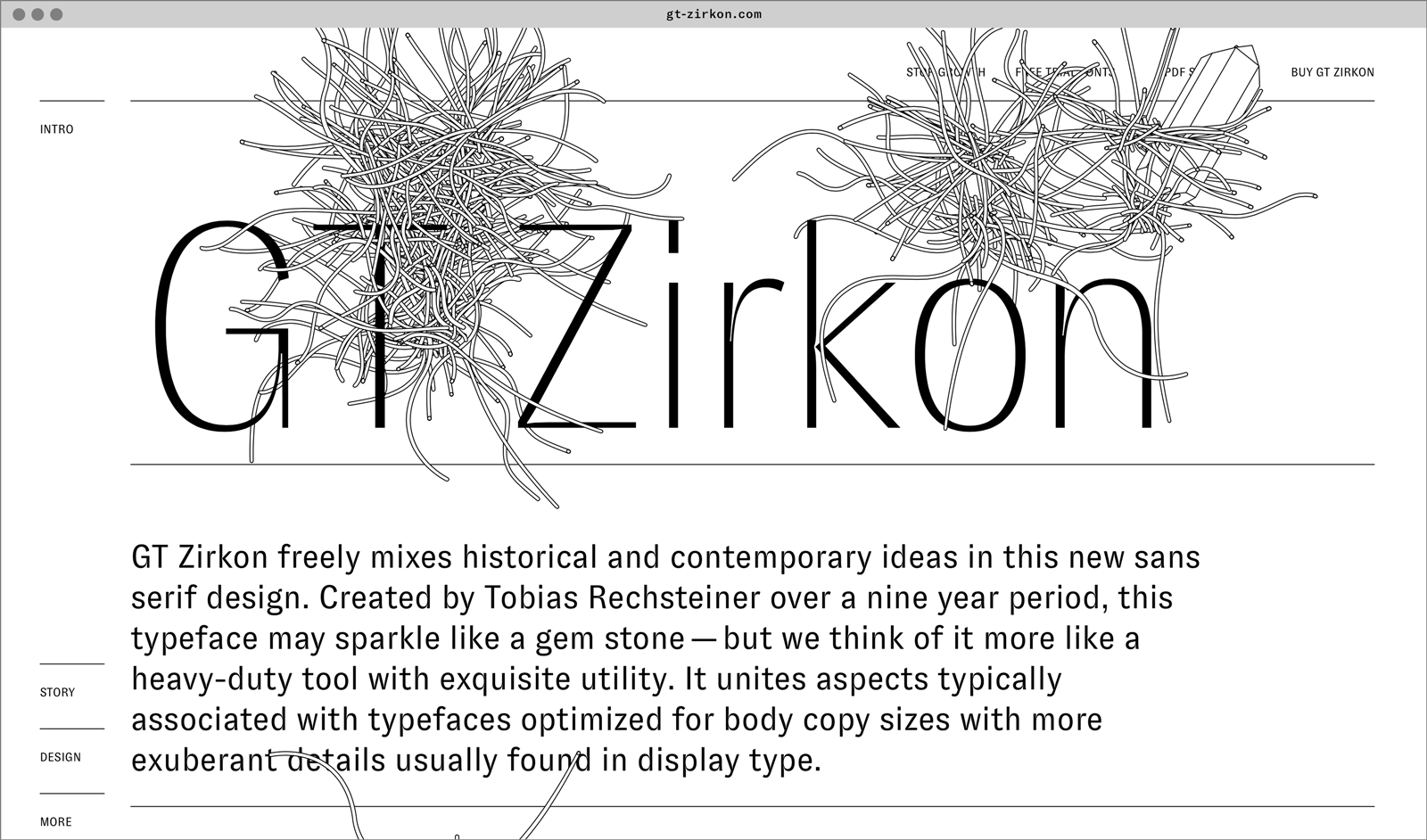
- Visit the GT Zirkon minisite to discover more about the typeface family’s history and design concept.
GT Zirkon in use
